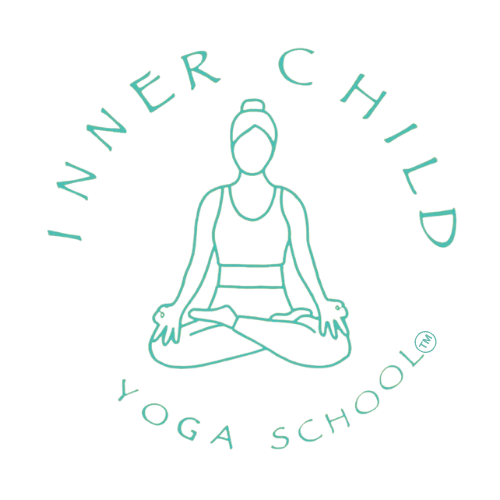Are you ready to embark on a journey of mindfulness, flexibility, and laughter with the little ones? Children's yoga is a marvellous way to introduce the magic of yoga to young minds. In this blog post, we'll explore the art of structuring engaging and effective children's yoga classes that nurture both their bodies and spirits.
Creating a Welcoming Atmosphere:
The first step in crafting a memorable kids' yoga class is to create a warm and inviting space. Decorate the room with vibrant colours, soft mats, and perhaps a few stuffed animals. Encourage children to bring their imagination to the mat by using playful props and fun yoga-themed stories.
Greeting and Centering: Let the Magic Begin
Start your class with a cheerful greeting, perhaps a simple namaste or a shared mantra. Lead the children through a brief centring exercise, inviting them to close their eyes and take a few deep breaths, setting the tone for mindfulness.
Playful Warm-Up: Waking Up the Body
Begin with a playful warm-up to get those little muscles moving. Incorporate games that encourage stretching, reaching, and wiggling. For example, you can ask them to mimic animals or objects while stretching, like being a tall tree or a fluttering butterfly.
Yoga Poses: Learning Through Play
Introduce a handful of basic yoga poses, keeping in mind that children learn best through play. Transform poses into imaginative adventures—become a cobra rising from the grass, a downward-facing dog stretching like a happy puppy, or a strong tree swaying in the breeze.
Themed Activities: Storytelling and Creativity
Create a magical experience by weaving stories and themes into your class. For instance, take the children on an imaginary journey to a faraway land, incorporating poses that mimic the journey's characters or settings. Let their creativity run wild as they become part of the story. My resource bank and handbooks are full of yoga stories and lesson plans.
Games and Challenges: Balance and Fun
Engage the children with yoga-inspired games that promote balance and teamwork. Create challenges that require cooperation and focus, such as group balance poses or yoga-themed scavenger hunts.
Mindfulness and Breathing: Finding Inner Calm
Introduce simple mindfulness exercises to help children connect with their breath and emotions. Guided breathing activities, like "flower breaths" (inhale through the nose, exhale through the mouth as if blowing out a candle), can help them learn to manage their energy and emotions.
Cool-Down and Relaxation: Unwinding Together
Guide the children through a soothing cool-down sequence, incorporating gentle stretches and poses like Child's Pose and Butterfly Pose. Finish with a brief guided relaxation, encouraging them to lie down, close their eyes, and imagine their favourite calm and happy places.
Sharing and Reflection: Fostering Connection
As the class comes to an end, create a safe space for children to share their experiences. Allow them to express how they felt during the practice, which poses they enjoyed, and any thoughts they might have.
Closing with Gratitude: Farewell and/or Namaste
End the class with a heartwarming farewell. Gather the children in a circle, hold hands, and close with a final namaste. Remind them that the positive energy they cultivated during the class will stay with them throughout the day.
Crafting engaging and effective children's yoga classes requires a sprinkle of imagination, a dash of playfulness, and a whole lot of love. Remember, it's not just about teaching yoga poses; it's about nurturing their curiosity, creativity, and self-awareness. So, roll out those mats, create a magical space, and get ready to embark on a yoga journey that will leave both you and your little yogis smiling and centred.
For further guidance, you can find a wealth of lesson plans, yoga stories, child-safe poses, and more in my resource bank and handbooks.


